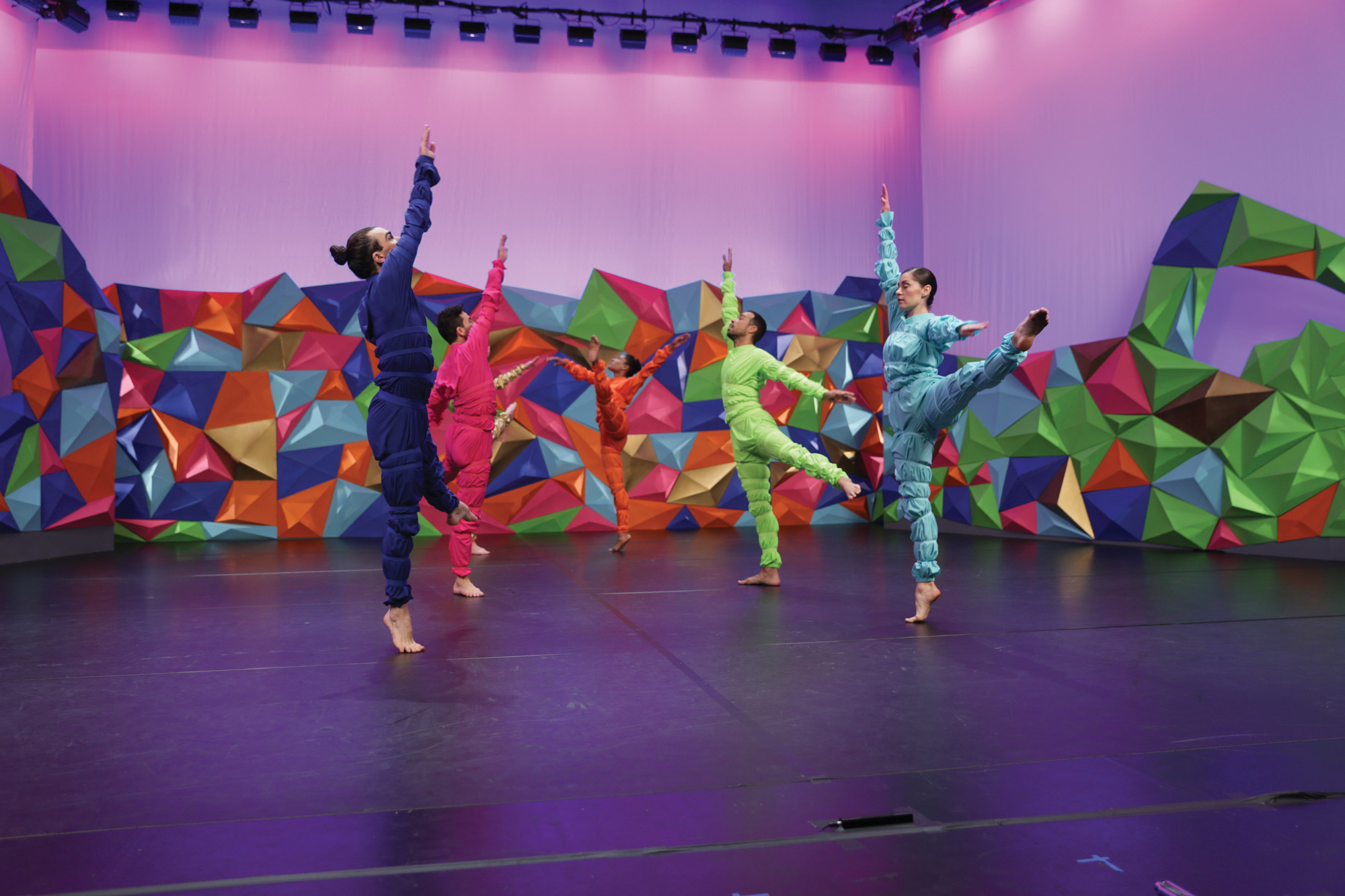Tesseract Shoots for the Stars, but Half of It Falls to Earth
Not so very long ago, in a galaxy not so far away — on our own little planet, in fact — the choreographer Merce Cunningham radically altered stage space, decentralizing it, seeming to offer theater audiences multiple perspectives at once. Cunningham was interested in technology, too, and with the filmmaker Charles Atlas, he undertook some of the most successful experiments in using television and video as media for high-art dance.
But Cunningham, innovative to the end, died in 2009. So when Mr. Atlas recently received a commission to make another dance video, he naturally turned to two of the greatest dancers in the final version of Cunningham’s company who have established themselves as forward-thinking choreographers: Rashaun Mitchell and Silas Riener. The fruit of their collaboration, “Tesseract,”opened at the Harvey Theater at the Brooklyn Academy of Music on Wednesday.
The work comes in two parts: a 3-D video (glasses are provided) followed by a live performance. Roughly equal in length, they are not equal in quality. In both, the technical achievements, quite impressive, exceed the artistic ones. But the imbalance is far greater in the video portion

